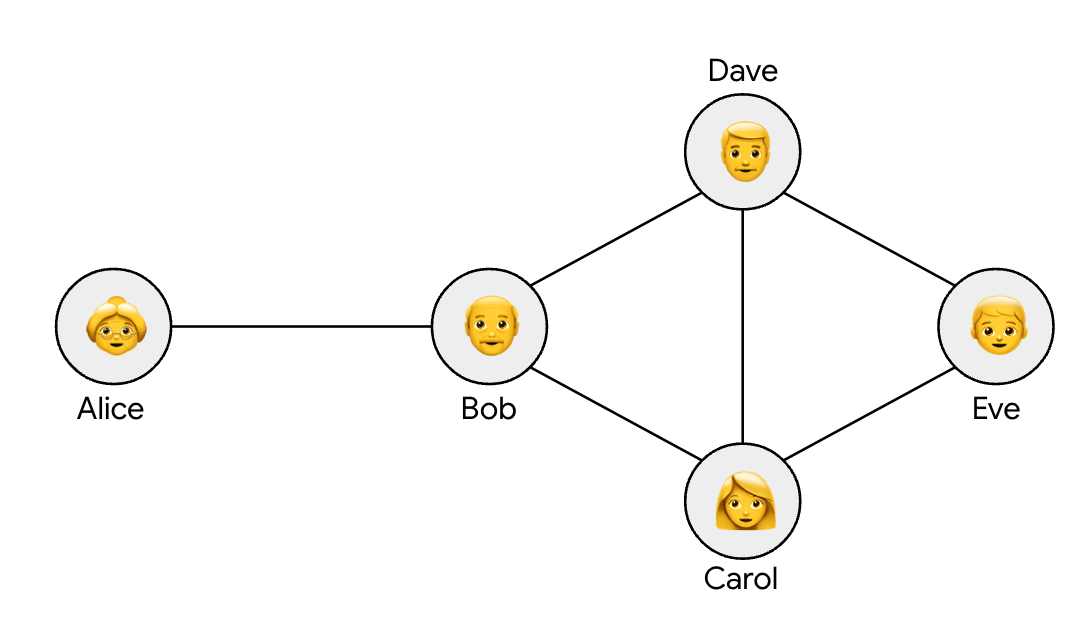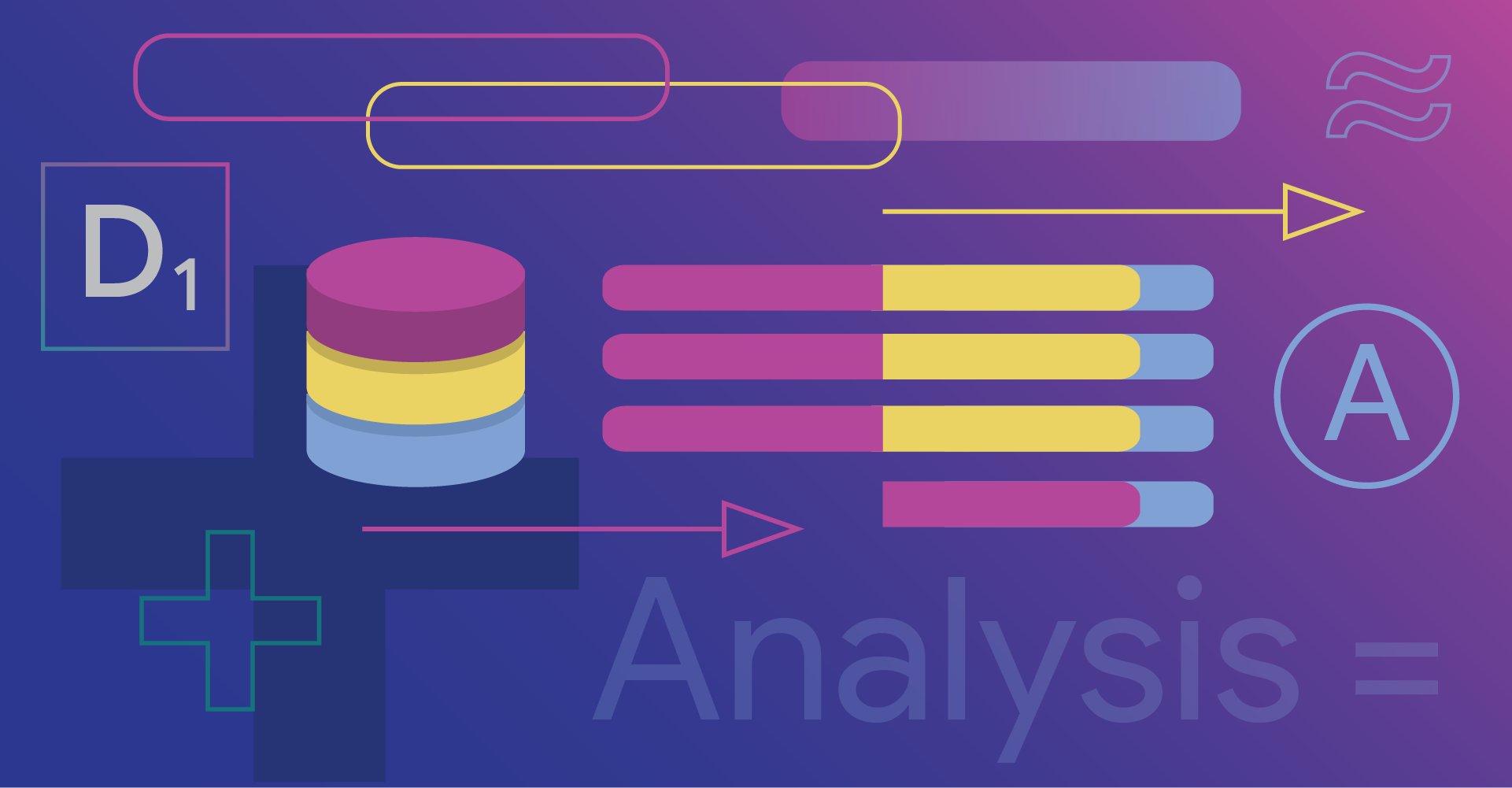
Information sharing for more efficient network utilization and management
September 17, 2015
Andreas Terzis, Software Engineer
Quick links
As Internet traffic has grown and changed, Google and other content and application providers have worked cooperatively with Internet service providers (ISPs) so that services can be delivered quickly, efficiently and cost-effectively. For example, rather than content having to traverse a long distance and many different networks to reach an Internet access provider’s network, a content provider might store (cache) the data close by and interconnect (‘peer’) directly with the access provider. Google has invested billions of dollars in the network and infrastructure necessary to bring our services as close to your Internet access provider’s front door as possible, for free – which both reduces ISPs’ costs and improves the user experience.
Content and application providers can also tune their services for congested and/or lower bandwidth environments. For instance, YouTube detects how smoothly a video is playing and adjusts the quality to account for temporary fluctuations in bandwidth or congestion. In the Google Video Quality Report, we transparently reveal the speeds YouTube is experiencing on different networks.
As more of Internet traffic becomes encrypted, some network operators have expressed concern about the effect encryption might have on their ability to manage their networks. We don’t think there has to be a trade-off here – there are ways to do effective network management of encrypted traffic today, and, through further cooperation between content and application providers and ISPs, we believe this could be made easier while still respecting encryption.
To spur discussion and collaboration on this front, we recently submitted a paper to a workshop organized by the Internet Architecture Board outlining some ideas. We advocate for a model where ISPs selectively share network state to content and applications providers, enabling them to adapt to available network resources.
For example, we recently proposed to the Internet Engineering Task Force the concept of Throughput Guidance (TG), whereby mobile network operators could share information about the throughput of a radio downlink. Preliminary field tests in a production LTE network showed that TG reduces YouTube join latency, defined as the amount of time until the video starts playing, by 8% on average, rebuffering time by 20% on average, and rebuffer count by 2% on average. In addition to improving quality of experience for users, this mechanism improves the utilization of providers’ networks. Encryption of traffic would have no impact on the efficacy of this approach; it works equally well with encrypted and unencrypted traffic.
Throughput Guidance is one possible solution and many questions remain unanswered. It’s still relatively early days in our exploration of this and the other measures in our short paper, and we’re looking forward to getting feedback and collaborating with network operators and others.


